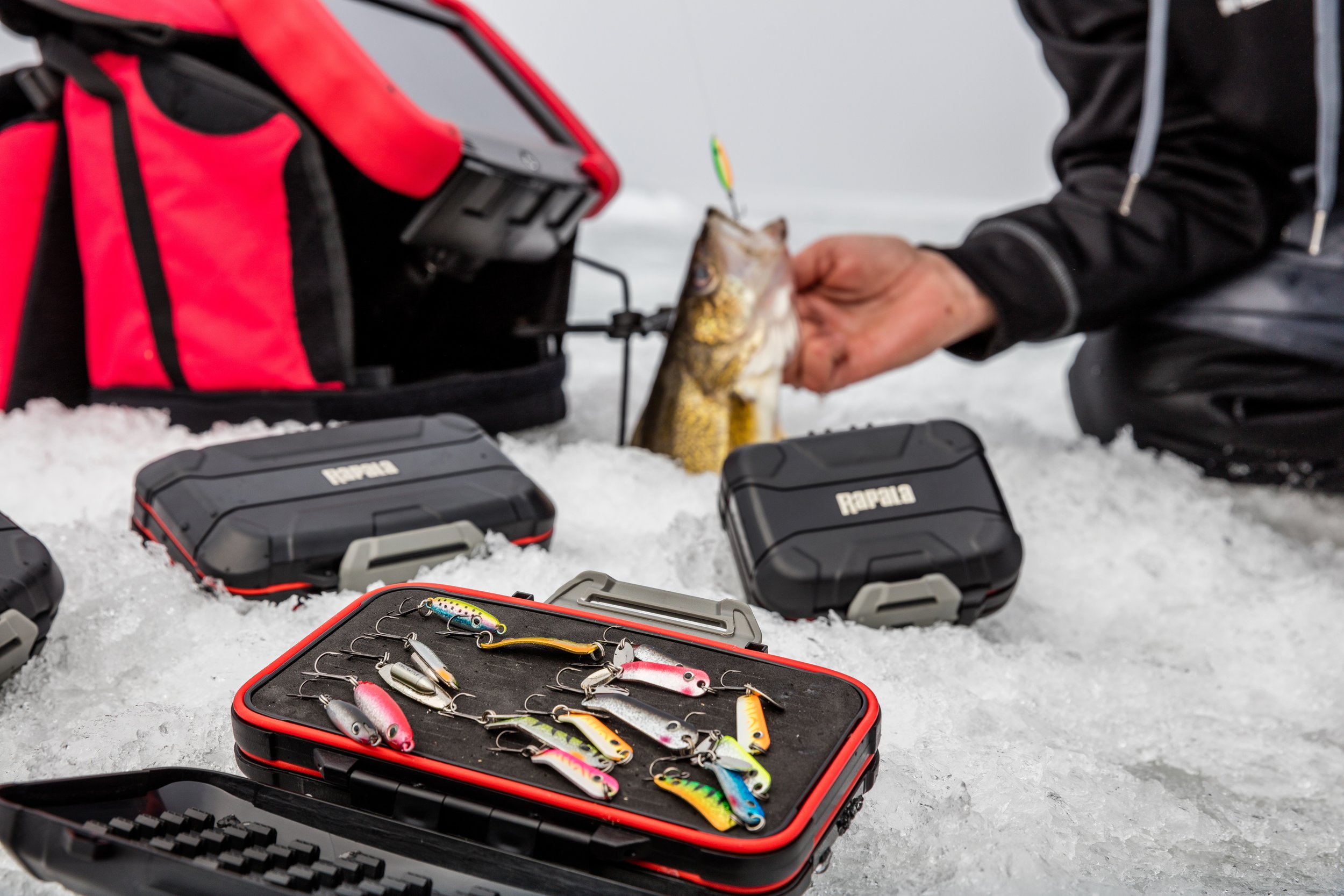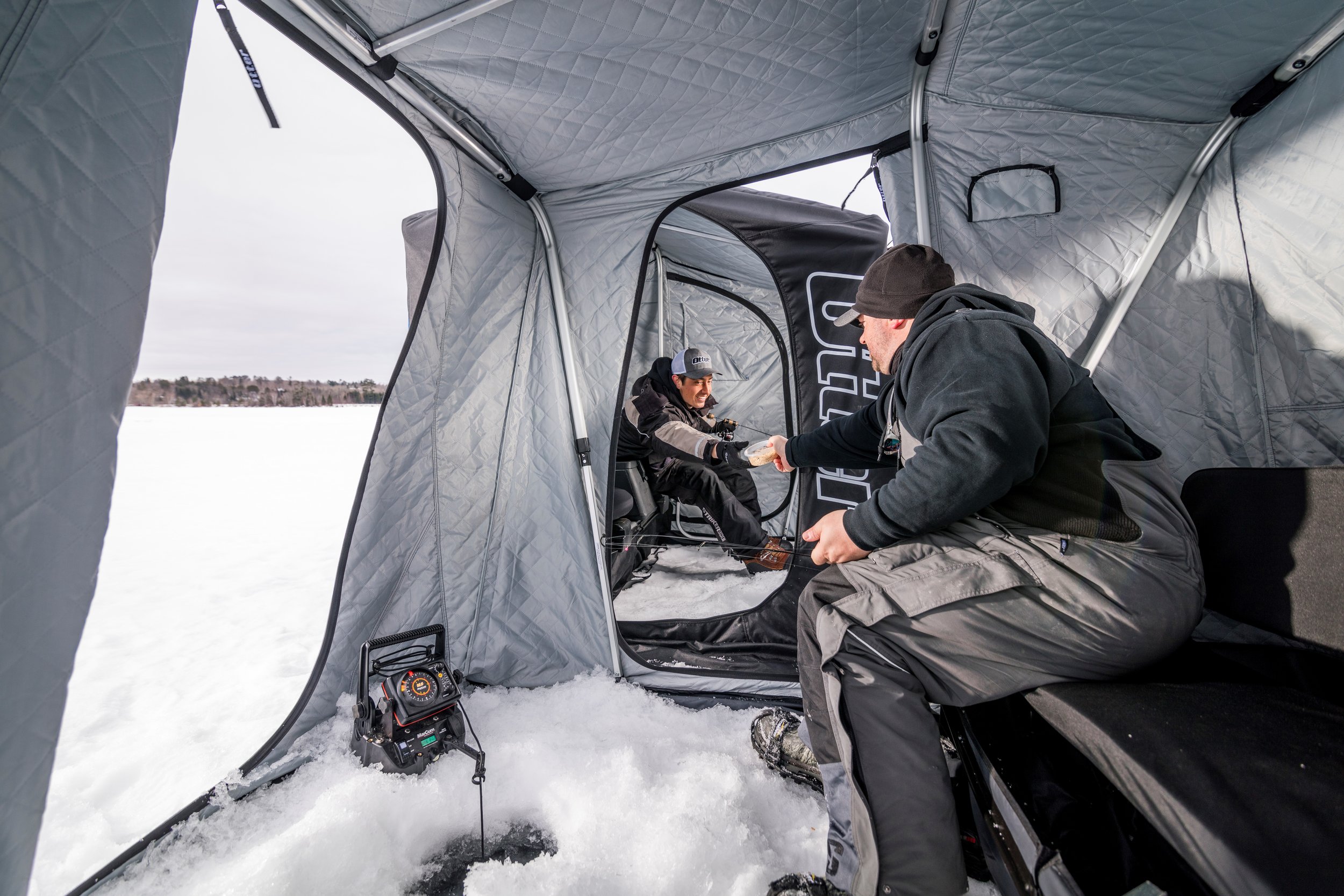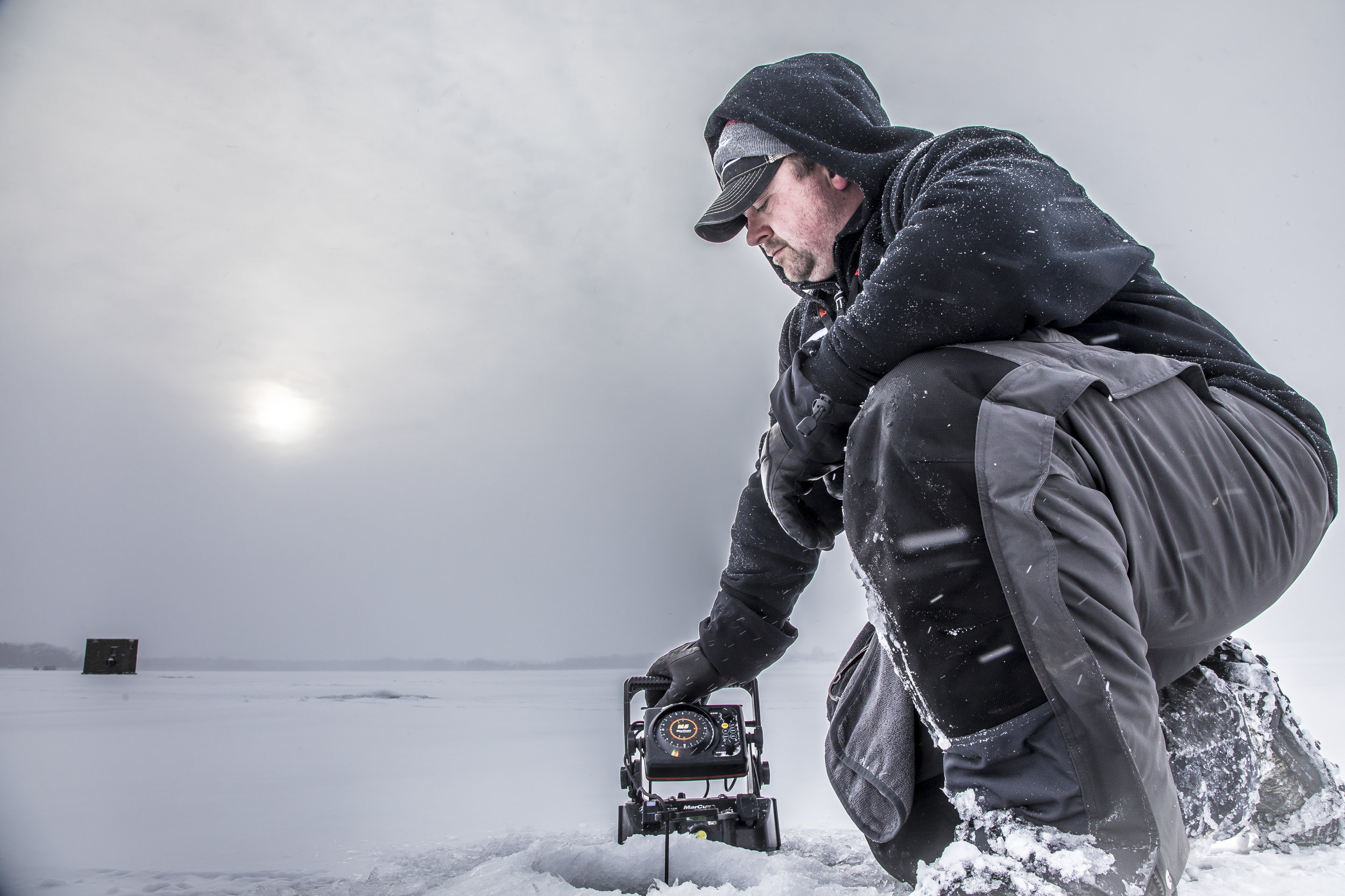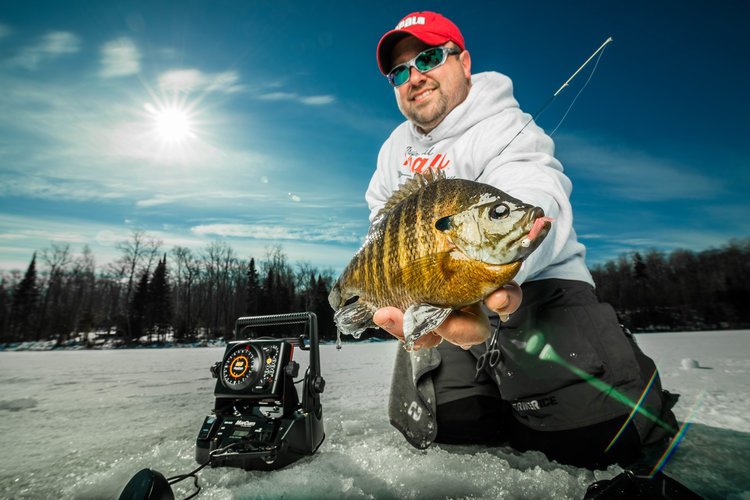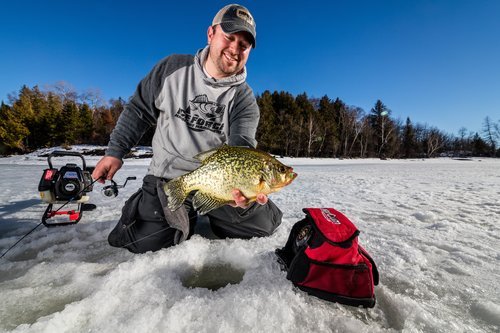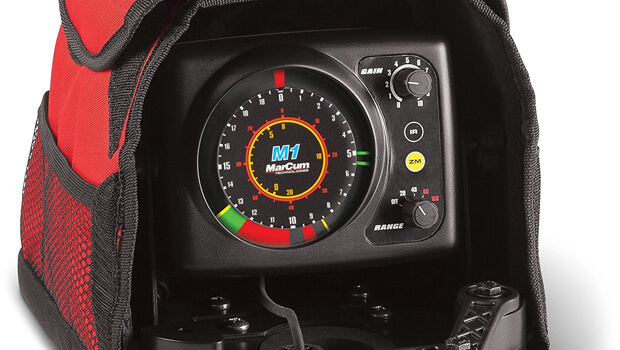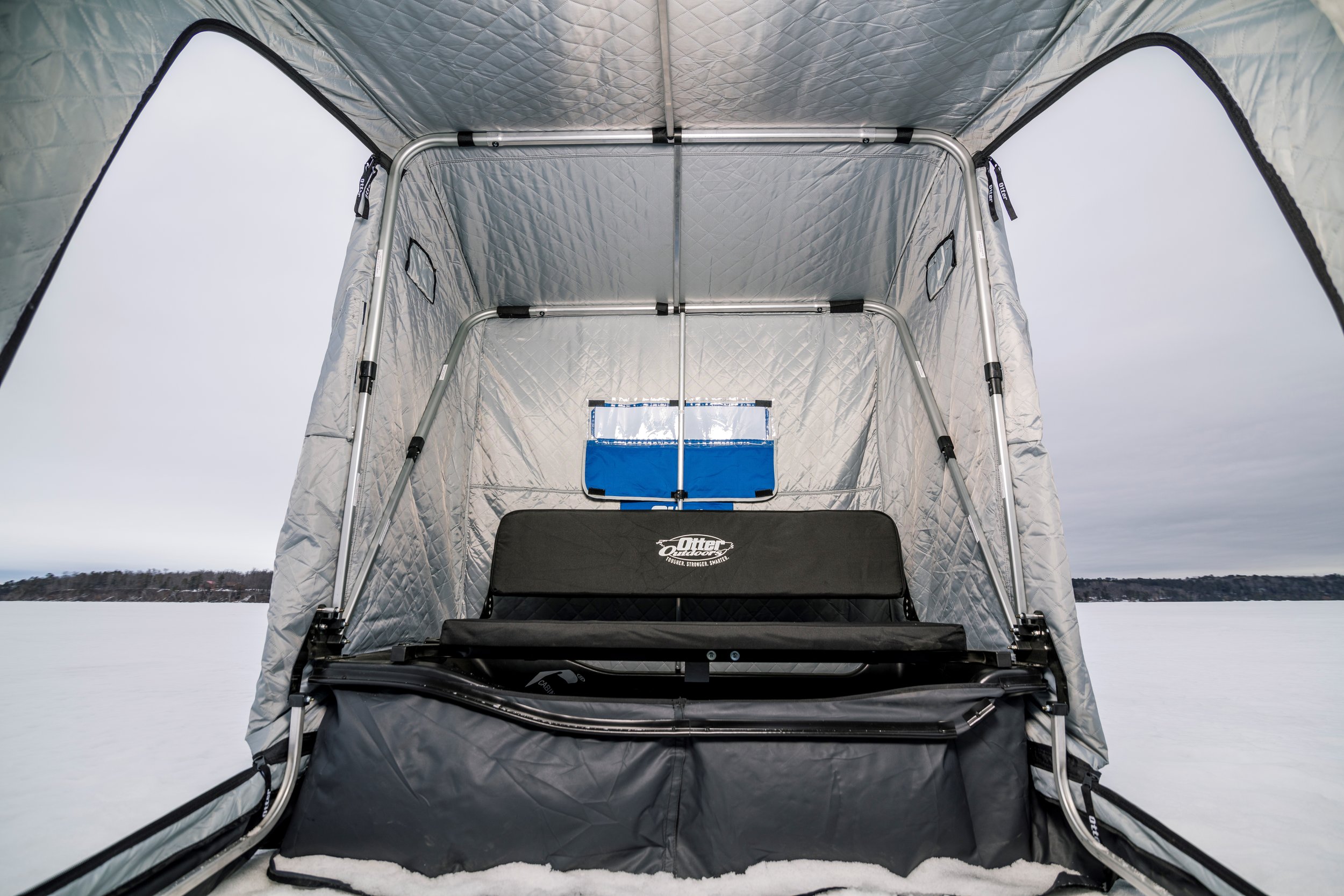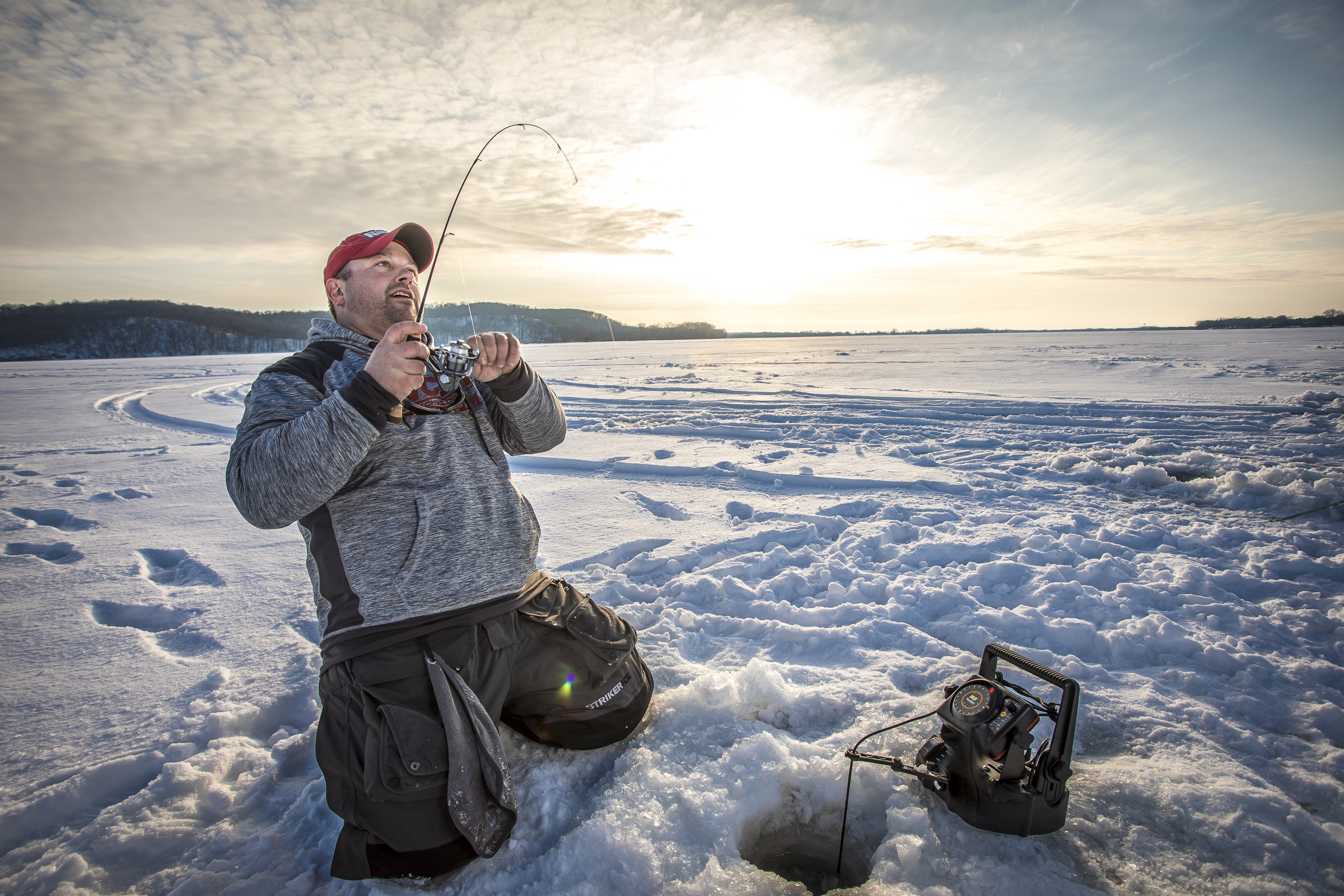David P. asks:
Now that my children are grown and off to college, I am thinking about getting back into ice fishing. That is if we ever get enough ice here where I live in northern Illinois. I would like to know if you have a recommendation for a flasher and a shanty. I like what I have read so far about the Marcum M series flashers. Maybe the M3. I see you use Otter shelters. I will likely be fishing alone and I like a dark or blackout shelter. Is the Otter Pro X Cottage shelter a dark or blackout shelter? It is difficult to find these items around here as there isn’t much ice for very long and very few ice fisherman. So any insight you can provide would be very helpful. Thanks, and have a great day! Dave
Hi David – thanks for the question, and I can appreciate where you’re coming from. In some years, even southern MN doesn’t get the ice that the rest of the state does. That leaves you wondering how far you really need to go in terms of an ice purchase you may only get a few weeks of use from. Still, as I think you’ve identified, it’s great to go with quality equipment that’ll best serve your needs.
In your neck of the woods, I think you’d be very happy with either a Marcum M1 or M3. Major differences between them being a bit more power/target-separation and adjustable zoom anywhere in the water column with the M3. The M1 will still have bottom zoom and is a great unit that should not be overlooked! Pound for pound, it does the work of sonar that was cutting edge only a few years ago, and for a fraction of the price.
As for the Otters, I’d recommend either the Hideout or the Cottage. The XT Hideout is a stealth option, and both will be nearly full dark with the Cottage being the darkest. It has a complete seal all the way around to prevent light from entering the back edges. Both do not allow light through the canvas, which is a major benefit to the Otter shelters in general.
Hope this helps, and good luck out there!
Joel

